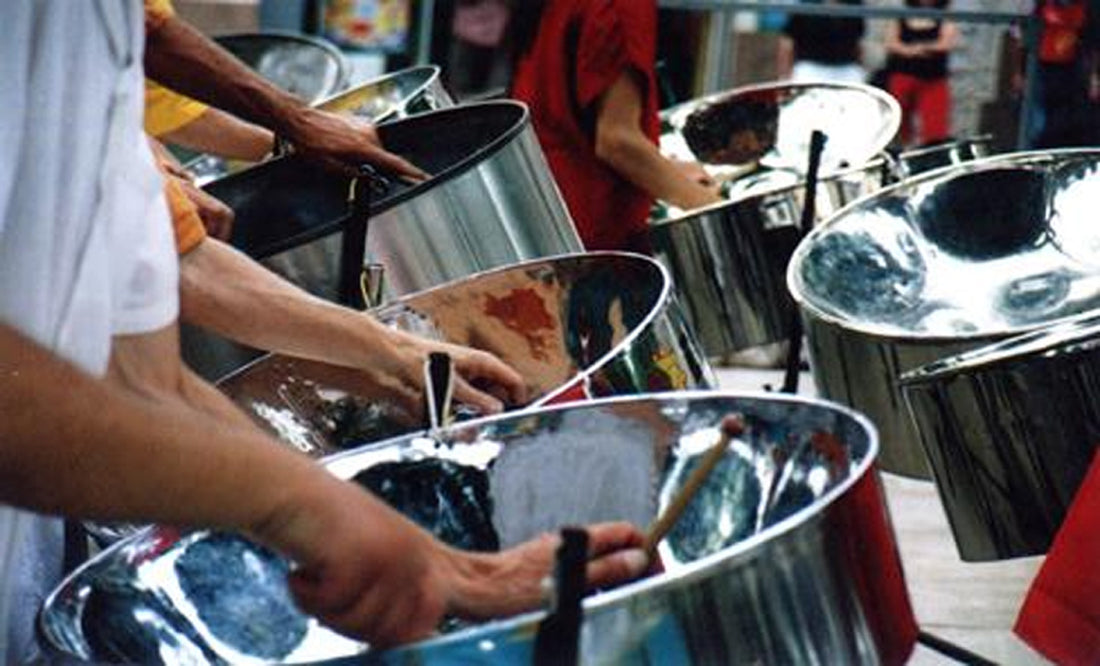Introduction
Nestled amidst turquoise waters and swaying palm trees, the Caribbean region is a vibrant tapestry woven with the threads of diverse cultures, histories, and traditions. This enchanting melting pot, formed through centuries of interactions between indigenous communities, European colonizers, African slaves, and Asian immigrants, has given birth to a culture that stands out for its richness and uniqueness. It reflects the creativity, resilience, and adaptability of the Caribbean people, who have forged their own identity and expression in the face of colonization, slavery, migration, and globalization. In this blog post, we'll delve into the essence of Caribbean culture, exploring how and why it sets itself apart from the rest of the world.
Historical Roots: A Blend of Influences
The Caribbean's uniqueness lies in its historical roots, a complex blend of diverse influences that have shaped its culture over the centuries. The region's history is marked by the arrival of indigenous peoples, such as the Arawaks and Caribs, followed by European colonization by powers like Spain, France, England, and the Netherlands. The subsequent transatlantic slave trade brought Africans to the Caribbean, whose vibrant customs, music, and spirituality infused the local culture. This was followed by the arrival of indentured laborers from the Asian sub-continent and subsequent waves of migration from China and the Middle East amongst others.
Music and Dance: A Rhythmic Fusion
Caribbean music and dance are a reflection of the region's diverse heritage. Caribbean music is known for its rhythmic complexity, melodic diversity, and fusion of styles. Some of the genres that originated or developed in the Caribbean are reggae, salsa, calypso, soca, merengue, zouk, dancehall, and reggaeton. These genres have also influenced and been influenced by other musical traditions from around the world, such as jazz, blues, rock, hip hop, and pop - the Caribbean's musical landscape is a rich tapestry of sound. These infectious rhythms have transcended borders and captured the hearts of people worldwide, leaving an indelible mark on global music - the UN has just declared 11th August as World Steelpan Day - in recognition of the global impact of the instrument and artform invented in Trinidad & Tobago.
Cuisine: A Palate-Pleasing Medley
One of the most celebrated aspects of Caribbean culture is its delectable cuisine. Influenced by indigenous ingredients, European, Asian and Middle Eastern culinary techniques, and African flavors, Caribbean dishes are a feast for the senses. Some of the staples of Caribbean food are rice, beans, plantains, cassava, corn, yams, seafood, chicken, pork, goat, and spices. Jerk chicken from Jamaica, plantains from Puerto Rico, ackee and saltfish from Barbados, and callaloo from Trinidad and Tobago are just a few examples of the mouthwatering delicacies that make Caribbean food a true global treasure.
Language: The Babel of Dialects
Language in the Caribbean is as diverse as its people – 59 living languages are spoken in the region. While English, Spanish, French, and Dutch are commonly spoken due to colonial legacies, various creole languages have emerged, blending elements of African languages with European tongues. These vibrant creole languages, such as Jamaican Patois, Haitian Creole, and Trinidadian Creole, exemplify the region's unique linguistic heritage, creating a colorful and expressive form of communication.
Festivals and Celebrations: A Joyous Reflection
Caribbean culture comes alive through its vibrant festivals and celebrations, which reflect the region's historical and spiritual connections. Carnivals, with their exuberant parades, colorful costumes, and pulsating music, are at the heart of these festivities. Whether it's Trinidad and Tobago's world-famous Carnival or Barbados' Crop Over Festival, these events are an embodiment of Caribbean joy, unity, and artistic expression and have helped spawn Caribbean Carnivals in many countries and regions where the diaspora is represented.
Art and Craftsmanship: A Kaleidoscope of Creativity
Caribbean art showcases the creativity and ingenuity of its people. From intricate wood carvings and colorful paintings to beautifully crafted textiles and pottery, the region's artistic expressions celebrate its natural beauty, folklore, and collective experiences. Some of the themes that are common in Caribbean art are colonialism and its aftermath, resistance and liberation movements, racial and ethnic diversity, spirituality and religion, nature and environment, and everyday life. Local artisans skillfully blend traditional techniques with contemporary styles, giving birth to unique masterpieces that resonate with collectors and art enthusiasts worldwide.
Spirituality and Folklore: A Connection to the Ancestral
Deeply rooted in African spiritual traditions and indigenous beliefs, Caribbean spirituality is a soulful journey connecting the living with their ancestors. Practices such as Vodou in Haiti, Santeria in Cuba, and Obeah in Jamaica offer glimpses into the region's spiritual tapestry, showcasing the resilience and strength of its people in the face of historical adversity. Colonizers brought their Christian religions with them and migrants later brought Hinduism, Islam and other faiths.
Conclusion
The Caribbean's allure lies not only in its breathtaking landscapes and pristine beaches but also in its unparalleled cultural richness. The blending of diverse influences has given birth to a unique tapestry of music, dance, cuisine, language, festivals, art, and spirituality. This enchanting melting pot serves as a testament to the resilience, creativity, and unity of the Caribbean people, leaving an indelible mark on the global stage. As we celebrate the vibrancy of Caribbean culture, we embrace the beauty of diversity and the power of collective heritage.

